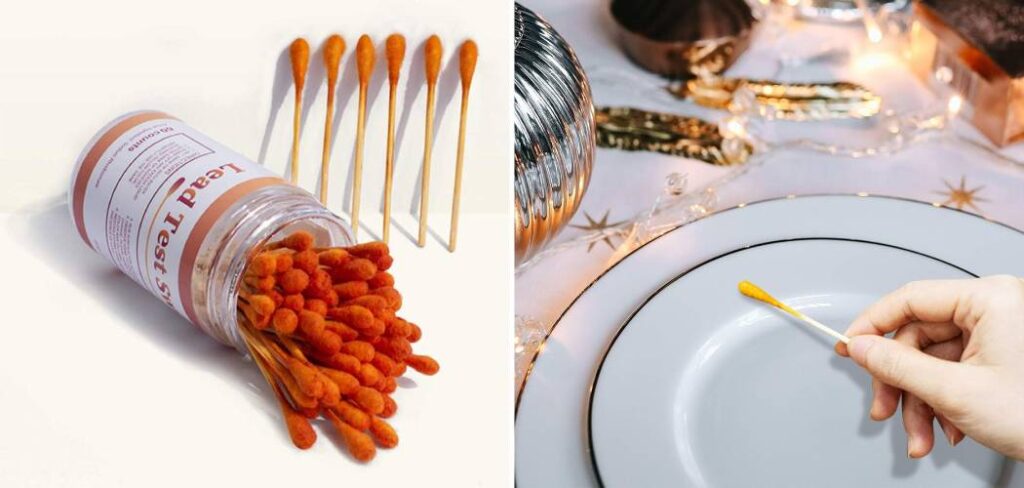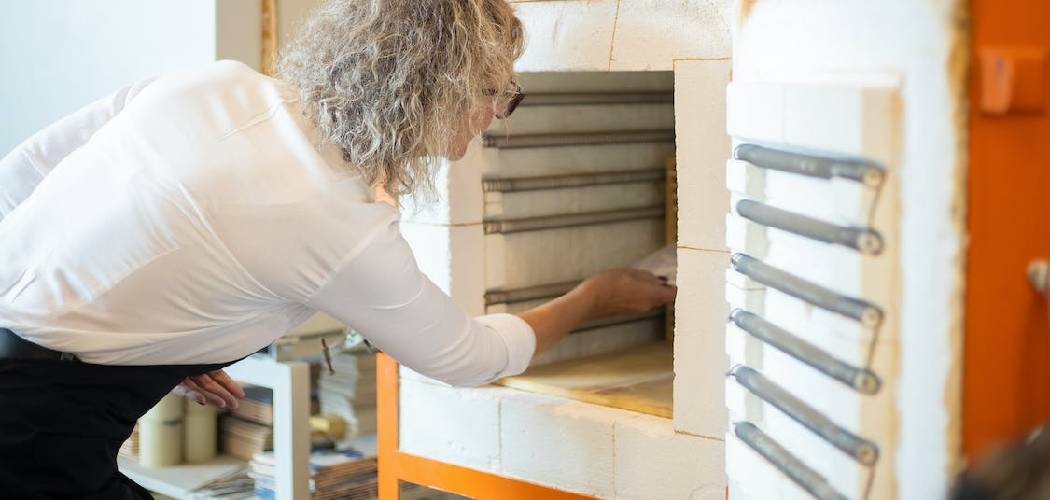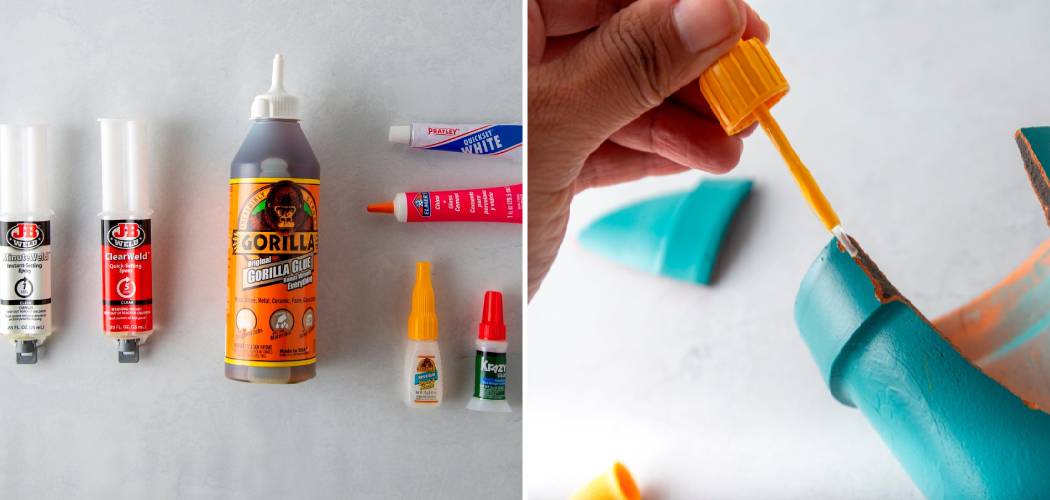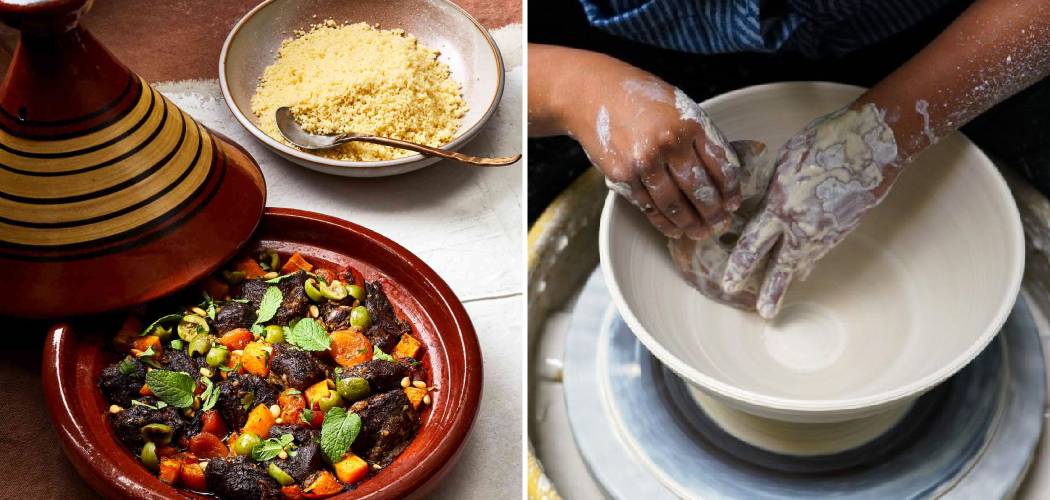Determining whether pottery is safe for food use is a critical aspect of selecting and enjoying functional ceramic pieces. The term “food safe” indicates that a pottery item is crafted from materials and glazes that pose no health risks when they come into contact with food or beverages. In this guide, we will explore essential methods and considerations on how to tell if pottery is food safe.
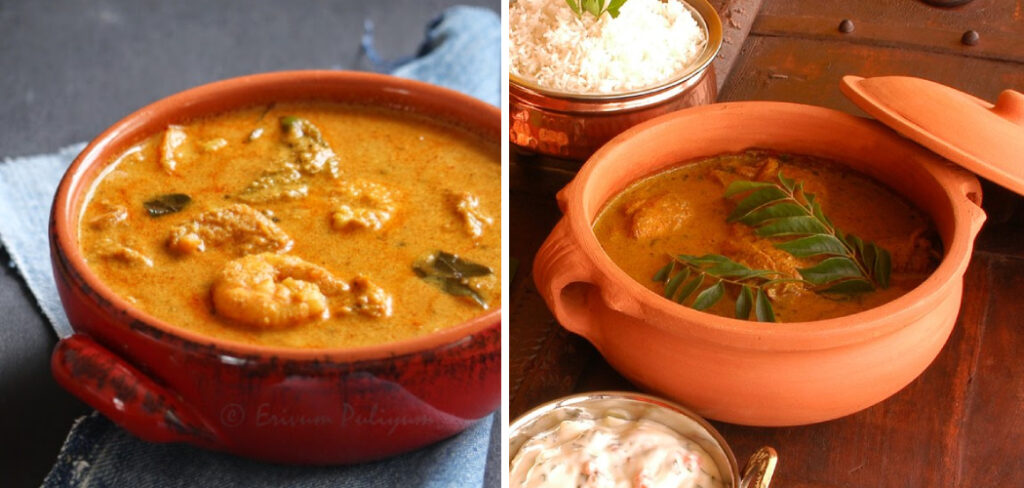
From examining glaze labels to conducting simple at-home tests, understanding the indicators of food safety in pottery empowers consumers and creators alike. Whether you’re a pottery enthusiast looking to use your creations for culinary purposes or a buyer seeking kitchenware, gaining insights into the criteria for food-safe pottery ensures a harmonious blend of aesthetics and functionality in your culinary experience. Embark on this journey of pottery assessment to confidently select pieces that align with both your artistic preferences and health-conscious priorities.
Table of Contents
Risks of Using Non-Food Safe Pottery
Non-food-safe pottery can pose serious health risks if used for storing, cooking, or consuming food. The use of non-food-safe pottery is common in many parts of the world, especially in developing countries where traditional methods and practices are still prevalent.
The biggest risk associated with using non-food-safe pottery is lead poisoning. Lead, a highly toxic heavy metal, is often found in the glazes used to decorate or coat pottery. Lead can easily leach into food and beverages when acidic, oily, or alcoholic foods are stored in non-food safe pottery for a prolonged period of time. Ingesting even small amounts of lead over a long period of time can lead to serious health issues such as neurological damage, kidney damage, and developmental delays in children.
Apart from lead, non-food-safe pottery may also contain other harmful chemicals such as cadmium and arsenic. These toxins can cause gastrointestinal problems, respiratory issues, and even cancer when consumed in small amounts over a long period of time.
Moreover, non-food safe pottery is often porous and can harbor bacteria and other microorganisms. This increases the risk of foodborne illnesses when using such pottery for food storage or preparation.
Additionally, non-food safe pottery may not be able to withstand high temperatures, posing a risk of cracking or shattering when used in ovens or microwaves. This can result in shards of pottery mixing with the food and causing serious injuries if consumed.
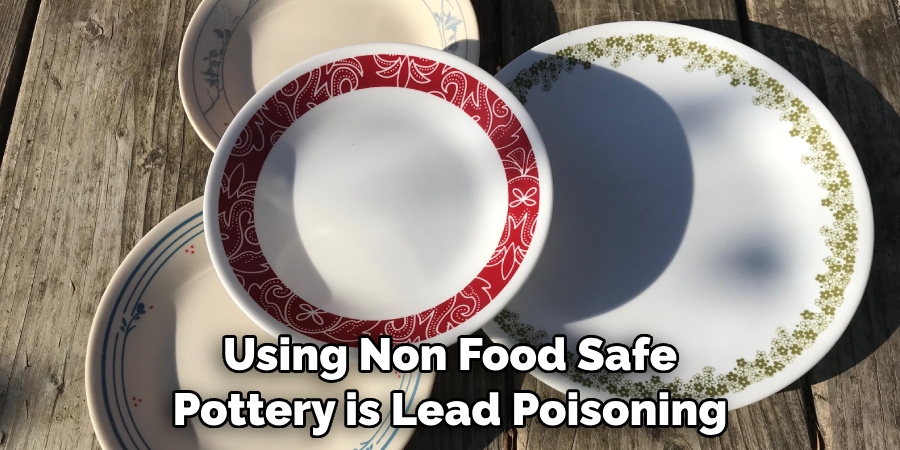
10 Ways How to Tell if Pottery Is Food Safe
1. Check for Lead-Free Certification:
One of the primary concerns when determining the food safety of pottery is the presence of lead, a toxic substance. Look for pottery that is explicitly labeled as “lead-free.” Many reputable potters and manufacturers provide certifications or clearly state that their glazes do not contain lead.
2. Examine Glaze Composition:
Review the composition of the glaze used on the pottery. Ideally, a food-safe glaze should not contain harmful chemicals. Pottery with a clear, smooth, and well-applied glaze is more likely to be food safe. Matte or textured glazes may have microscopic pores that can harbor bacteria, making them less suitable for food use.
3. Investigate Manufacturer Information:
Research the manufacturer or artist behind the pottery. Reputable creators often provide information about their materials and processes. Check for online reviews, certifications, or any statements regarding the food safety of their products.
4. Look for FDA Approval:
Some pottery items carry the Food and Drug Administration (FDA) approval seal. While not a strict requirement for all pottery, this seal indicates that the product has undergone testing and meets certain safety standards. However, note that not all food-safe pottery carries an FDA seal.
5. Conduct the Dishwasher Test:
If the pottery is labeled as dishwasher safe, it is likely to be food safe. Pottery that can withstand the dishwasher has undergone high-temperature firing, which helps to stabilize the glaze and remove any potential contaminants.
6. Perform the Acid Test:
An acid test involves placing a few drops of a food-safe acid (such as lemon juice or vinegar) on the pottery. If the surface reacts by changing color, fizzing, or exhibiting any visible alterations, it may not be food safe. Food-safe pottery should remain stable and unaltered.
7. Inspect for Cracks or Crazing:
Cracks or crazing (fine cracks in the glaze) on the surface of pottery can compromise its food safety. These imperfections create spaces where bacteria can accumulate and multiply. Choose pottery with a smooth, crack-free surface to ensure hygienic use.
8. Check for Uneven Glazing:
Inspect the pottery for uneven glazing. If the glaze appears thin, uneven, or patchy, it may not provide a consistent barrier between the clay and food. Opt for pieces with a well-applied, uniform glaze for better assurance of food safety.
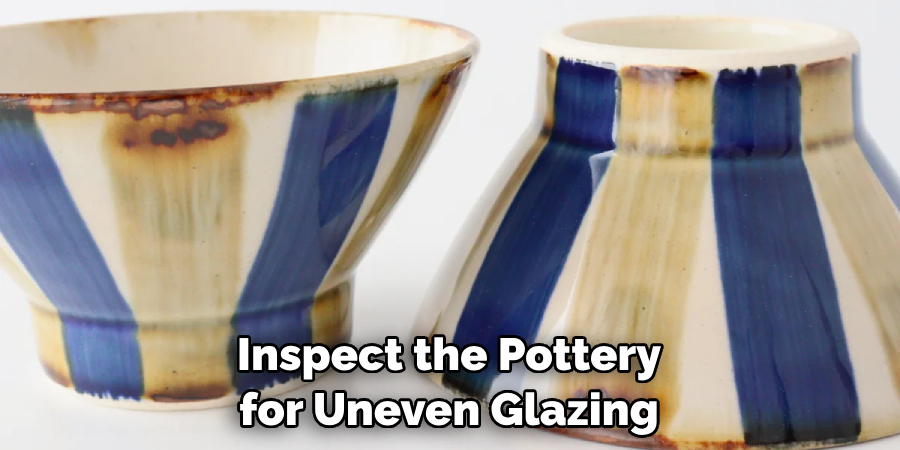
9. Inquire with the Potter or Manufacturer:
When in doubt, don’t hesitate to contact the potter or manufacturer directly. They should be willing to provide information about their materials, glazes, and firing processes. A transparent and responsive creator is more likely to prioritize the safety of their products.
10. Seek Certification from Independent Testing Labs:
Some pottery items may carry certification from independent testing labs that specialize in food safety. These certifications indicate that the pottery has undergone rigorous testing for harmful substances and complies with safety standards. Look for certifications such as ASTM International’s C-1023 for lead and cadmium content.
Importance of Glaze in Food Safety
Pottery has been used for thousands of years as a practical and decorative vessel for storing and serving food. However, not all pottery is suitable for use with food. Certain types of pottery may contain harmful substances that can leach into the food and cause health issues. This is why it is important to know how to tell if pottery is food safe.
One of the key factors in determining the safety of pottery for food use is the glaze. Glaze is a type of glass coating that is applied to the surface of pottery to make it more durable, waterproof, and aesthetically pleasing. It also serves as a barrier between the pottery and its contents, preventing any harmful substances from leaching into the food.
There are two main types of glazes used in pottery – lead-based and lead-free. Lead-based glazes have been traditionally used for their durability and vibrant colors, but they can be extremely dangerous if ingested. This is because lead is a toxic substance that can cause serious health problems, especially in children and pregnant women.
On the other hand, lead-free glazes are much safer to use with food. They are made from natural materials such as feldspar, quartz, and kaolin, which do not contain any harmful substances. However, it is important to note that even lead-free glazes may not be completely risk-free.
Common Mistakes to Avoid When Choosing a Pottery
Pottery has been around for thousands of years and is used in various ways, from functional kitchenware to decorative pieces. With its growing popularity, more people are looking to add pottery into their homes. However, buying pottery isn’t as easy as it seems and there are common mistakes that people make when choosing pottery.
These mistakes can not only affect the overall aesthetic of your home, but also potentially pose a health risk if the pottery is not food safe. In this article, we will discuss some of the common mistakes to avoid when choosing pottery and how to ensure that your pottery is food safe.
Choosing Pottery Based on Appearance Alone
The first mistake people make when buying pottery is solely focusing on its appearance. While it is important for pottery to be visually appealing, it is also essential to consider its functionality. Before purchasing a piece of pottery, think about how you will be using it and if it meets your needs. For example, if you are looking for kitchenware, make sure the pottery can withstand high temperatures and is safe to use with food.
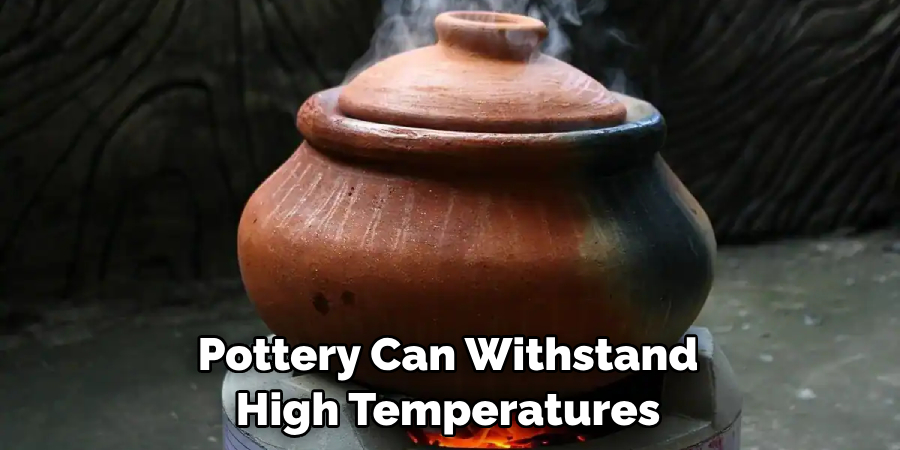
Not Checking for Food Safety Certification
Another common mistake is not checking for food safety certification. Pottery that is used for serving or storing food must meet certain safety standards to ensure it does not leach harmful chemicals into your food. Look for pottery that is labeled as “food safe” and has been certified by a credible organization, such as the FDA (Food and Drug Administration).
Overlooking Flaws and Imperfections
It’s easy to get caught up in the beauty of pottery and overlook flaws or imperfections. However, these flaws can also indicate potential issues with the safety of the pottery. Cracks, chips, and glaze irregularities can all affect the food safety of a piece of pottery. Make sure to thoroughly inspect each piece before purchasing.
Conclusion
In the end, pottery can be a beautiful addition to any kitchen, but it’s important to make sure it’s food-safe before using it. Learning how to tell if pottery is food safe is of utmost importance, so next time you decide on using pottery for food storage or decoration, pay close attention to the materials used in its production as well as which glaze has been applied.
Additionally, consider if the pottery was fired at an appropriate temperature and check for any obvious signs of damage or deterioration. With this simple knowledge and quick assessment of your piece, you can easily tell if your pottery is safe to use. Now that you know how to tell if pottery is food safe, why not test out your newfound knowledge and find a stunning piece of dishware that will make a unique addition to your kitchen?
